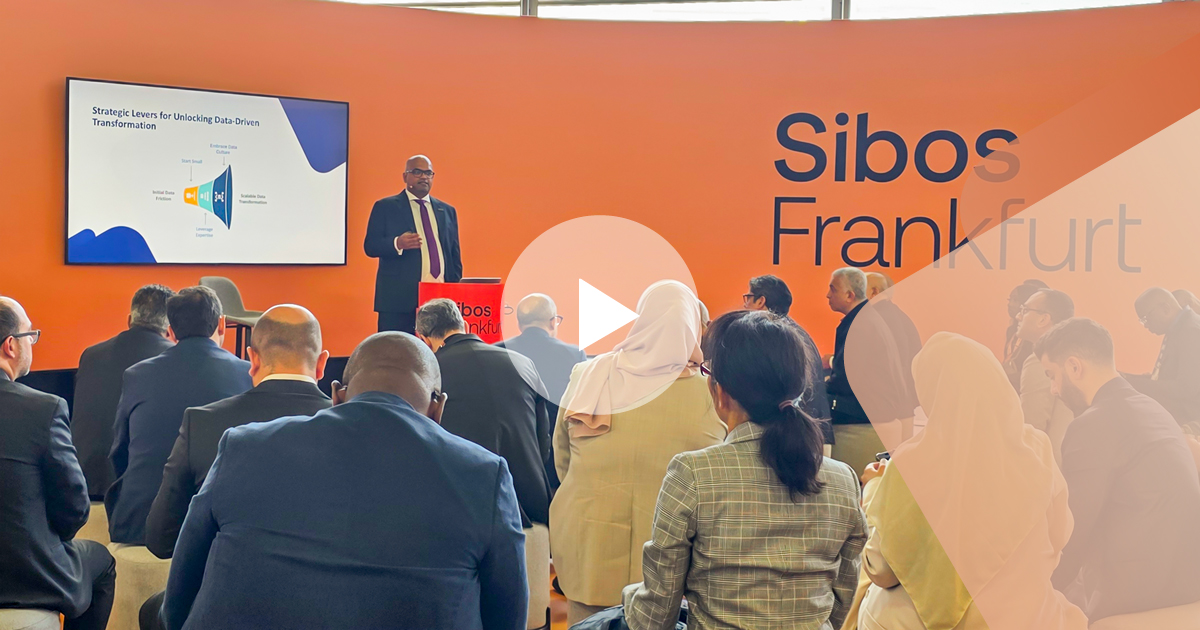
August 30, 2022
Is Manual Signature Verification Obsolete?

A signature is a handwritten symbol placed on a document, piece of paper, or other material that enables authenticating someone’s identity and consent. It can take the form of a personalized drawing or a simple mark like an "X". A signature is the certainty of someone’s agreement or consent concerning, for example, a contract of employment, a sales agreement, or a financial document – and literally anyone and everyone can sign.
The term "wet signature" refers to the fact that ink or wax needs time to dry after being applied to a document. While wet signatures were first used in Europe during the sixth century, they did not become prevalent for another thousand years until writing and literacy became more widespread. For hundreds of years, the wet ink signature was the de facto standard to record the agreement of two or more entities in a binding contract.
Manual signature verification refers to the process done by an examiner to determine the authenticity of a signature to make sure that it is signed by the claiming entity. This is usually done by visually comparing the signature in question against a previously captured signature specimen (referred to as the reference signature).
In this process, the examiner compares the nature, strokes, and significant characteristics of both signatures to decide whether the signatures belong to the same owner or not.
Manual signature verification is not obsolete per say but proven to be an ineffective way to handle the masses of documents that need to be verified in a small amount of time.
Not all verifiers are created equal. Also, their level of expertise, their mood at the time of verification, and load pressure makes the manual verification process a completely subjective manner. Consistencies in decisions are a key factor when projecting risks.
The aim of most signature experts is to verify signatures accurately within the least possible amount of time. For a manual process to take place - and taking financial institutions as an example - an expert needs to verify the signature in question against a reference signature previously captured during the account opening. To do that, the expert needs to search for the signatures’ account number, and then visually inspect every signature in the account. While the list can be long, signature cards might not be of good quality for comparison (e.g., signatures are scanned at a low resolution).
Another important factor to consider is the change of signature over time, which is usually overlooked when it comes to manual signature verification.
More so, to make the process “faster”, experts have the tendency of memorizing signatures (regardless of the account number). So, even if there's a change in the signature, the expert will tend to bind what they remember against the signature in question.
Let’s not forget to examine signature replication. Suppose a forger obtained an electronic copy of the reference signature and printed the signature on a document. From an expert point of view, those signatures belong to the same owner and should be accepted accordingly.
A signature reflects one's unique personality and legal importance. This method has proven itself over the years. Although many alternatives have been successfully presented and implemented, it is still widely used and will remain for the decades to come. For that reason, the need for methods of automating the signature verification process has emerged over the past years.
With the advancements of computer vision and machine learning technologies, the process of automatic signature verification has been successfully implemented with unprecedented accuracies.
Needless to say, having a solution that automates the process of signature verification outperforms the manual one in many ways, including accurate signature verification, consistency with the results, ability to handle the load with fractions of a second, automatic replica detection, and one of the most important benefits is the ability to adapt to changes of signatures over time.
Having said that, automatic signature verification has proven to be a viable replacement for the manual process in the age of digital transformation, and while manual signature verification is not necessarily obsolete, it sure is ineffective.



